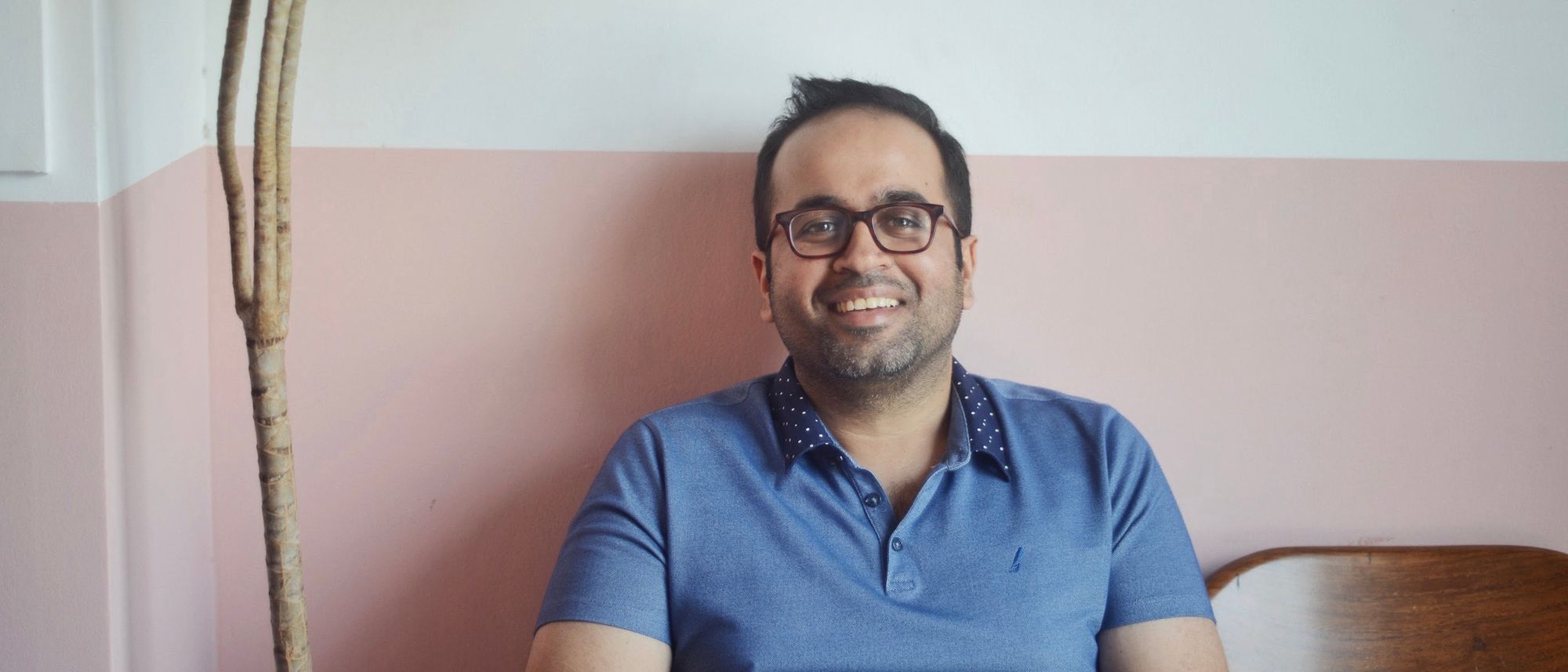The birth of podcasting traces itself to December 2000, when Dave Winer met Adam Curry in New York City where they discussed, among other things, how to distribute large bits of audio and video without having to wait for them to download. This led to the birth of the RSS 2.0 standard—the backbone on which podcasts are distributed to this day—even if it took a little over three years for the word ‘podcasting’ to be coined.
So here we are, twenty years later.
It would be impossible to begin a report on 2020 without talking about the key event that defined the year for every industry and every individual. Unsurprisingly, the podcast industry witnessed an impact as well, although closing out one of the toughest periods in our collective conscious on a high.
Podcasts are primarily consumed passively. Our 2019 State of the Industry Report noted that 92% of respondents listen while multi-tasking—whether commuting, working, or working out. These activities were directly affected by the lockdowns around the world, and podcast listening suffered as well. Based on self-disclosure by podcasters, estimates varied from seeing a 20%-70% drop in listenership over the March to May period. And while this listenership has since recovered, the impact to revenue and advertise will continue into the first half of 2021.

Podcast measurement company Podtrac recorded negative download growth across US-based podcasts tracked by the service for most of March and April, with the first positive growth after lockdowns recorded the week of April 20-26, 2020.
Podtrac’s data show downloads saw repeated dips towards the end of June, September and again in October as new restrictions continued to be applied to combat the pandemic. The overall trend-line for the year veers upward however—a 47% growth by November compared to the same time last year.

On August 4, Lebanon witnessed one of the worst explosions in its history, leaving hundreds dead, 6,000 injured and upwards of US$10 billion of property in Beirut estimated as damaged. Podcast platform Podeo’s recording studios and offices also suffered damages due to the explosion.
Podeo used this as an opportunity to allow listeners and creators to publish audio snippets within the platform to share how they felt and commiserate. The platform reports more than 7 million people tuned into these snippets from across 157 countries.
Interestingly, the increased listenership of podcasts year-on-year is not yet competing for listening time within podcasts or other mediums. A Spotify research study found that adding podcast consumption caused users to spend more time on the platform by as much as 20 percent, over replacing existing time spent listening to music.
Similar trends were seen regionally as well. Lebanon-based Podeo reports that the platform saw listens drop by as much as 48% in early March 2020. “As users have become accustomed to the new norm and behavioural changes, we saw a 700% growth in listeners in the following quarter,” says Stefano Fallaha, CEO at Podeo. “We are still maintaining similar month-to-month growth.”

One of the big takeaways from the 2019 State of the Industry Report was the dichotomy of the listenership of regional versus international shows. Although there was an upward trend in listenership for podcasts overall during the year, there has not been any major change to this trend. It is tough to draw too many conclusions from this in a year like 2020, where production and outreach efforts were naturally hampered.
Listener preferences haven’t changed all that much from last year either, and a majority of listeners still want content that is shorter than 30 mins. “Instead of listening to a 60-minute episode, listeners now follow and listen to 3-4 shorter podcasts,” Fallaha added. “The preferred duration of an episode is no longer than 15 minutes.”
Next: Changing Habits >The Year That Was • Changing Habits
Brands in Podcasts • Monetisation • An Exclusive World
Standardisation • The Podcast Index • The Podcast Academy
Conclusion


